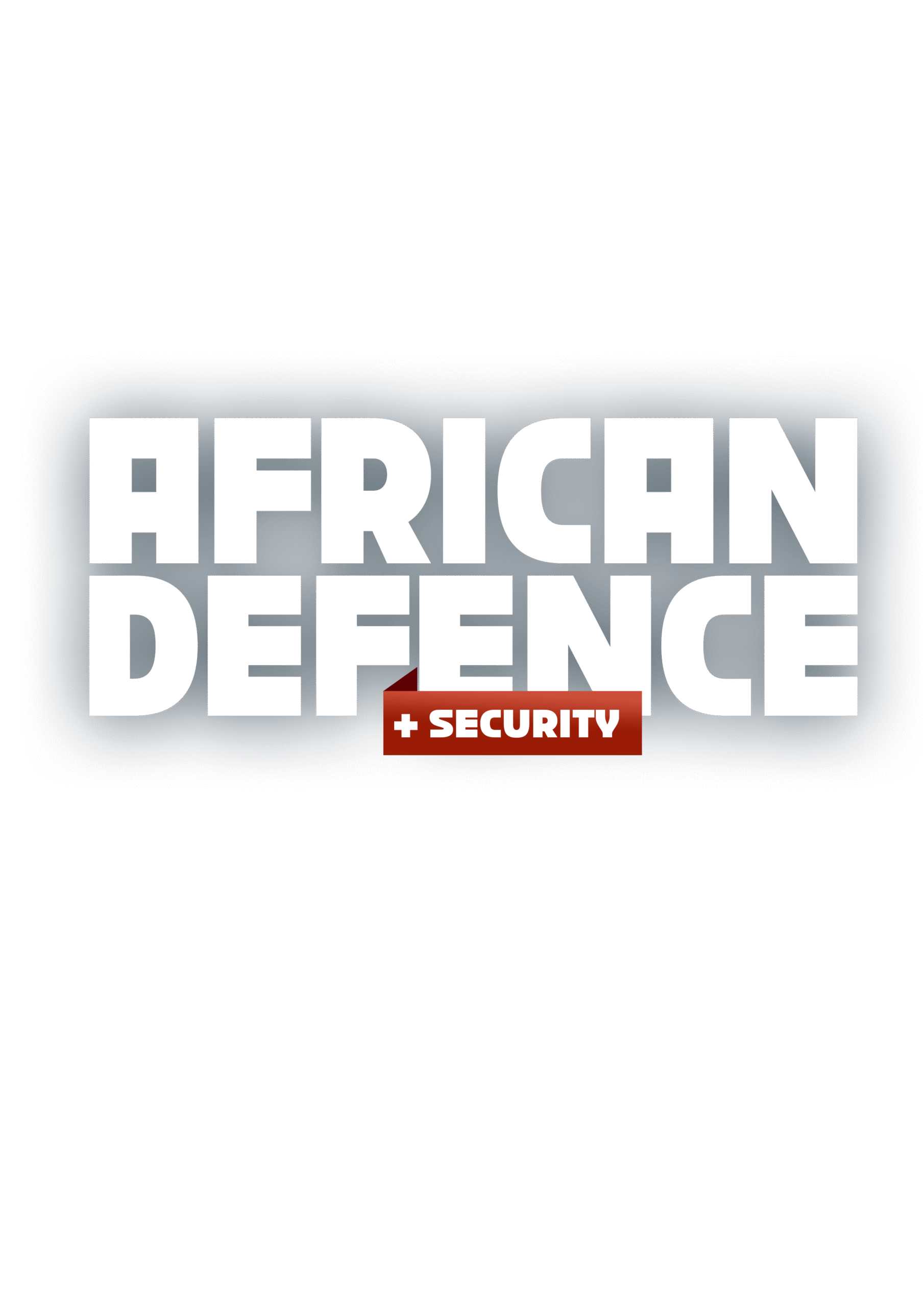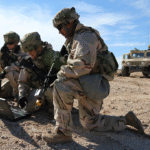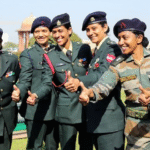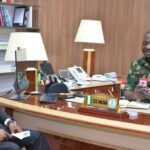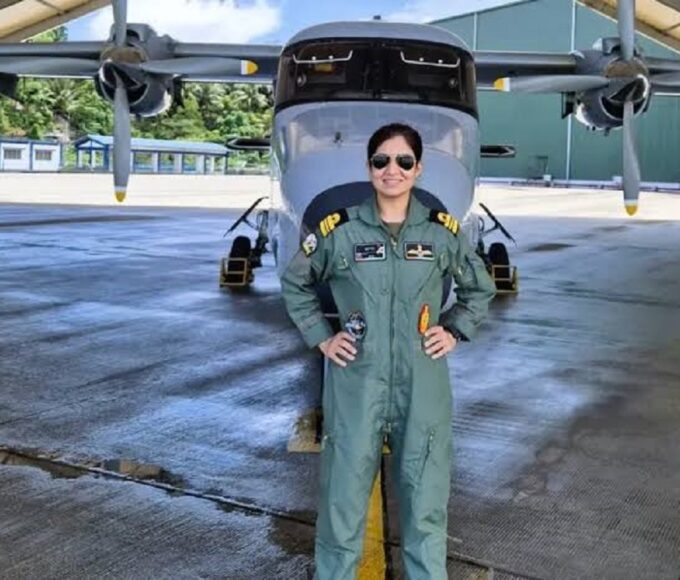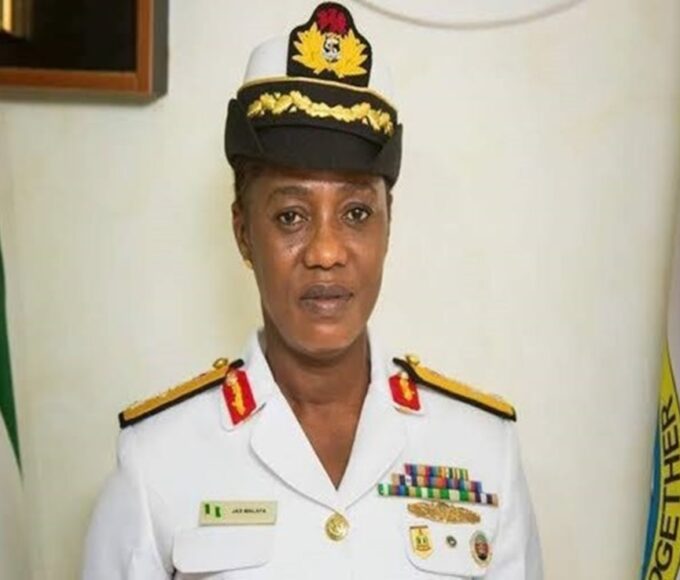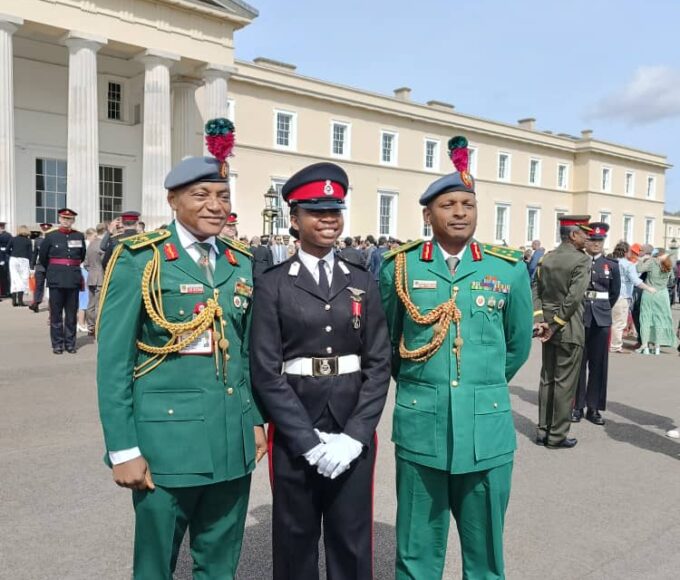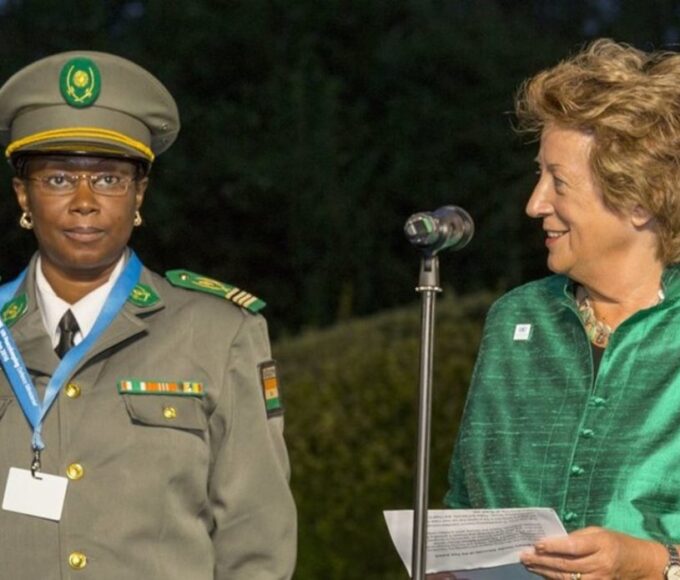Combat Proven: African Women in Frontline Infantry and Special Forces
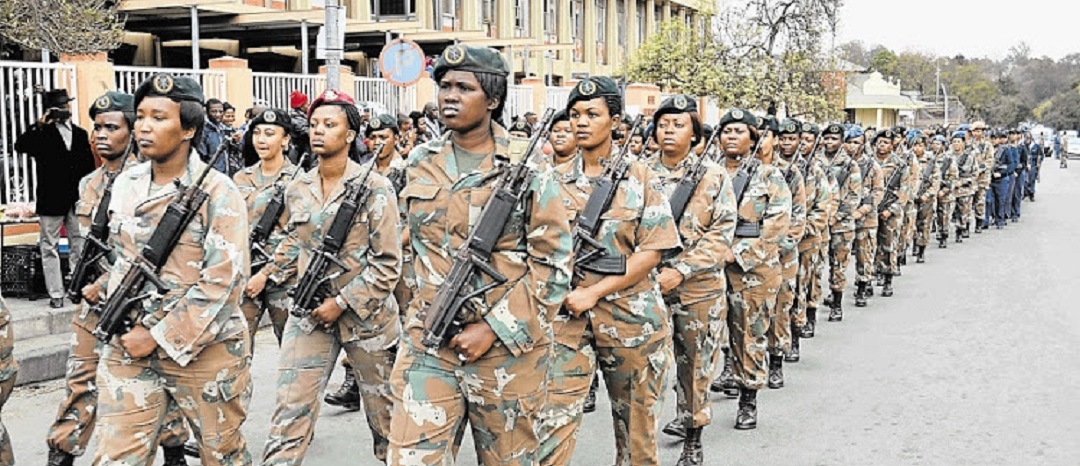
The history of women in African armed forces is a story of gradual but undeniable transformation. During colonial times, women’s roles in African militaries were largely confined to nursing, clerical duties, communications, and logistics. In most cases, these positions were auxiliary to the main fighting force, reinforcing the notion that the battlefield was the preserve of men.
However, Africa’s history offers a remarkable counterpoint to this global trend: the Dahomey Amazons of present-day Benin. This all-female military regiment, active from the 17th to the 19th centuries, was not only combat-proficient but also feared for its discipline, physical prowess, and strategic effectiveness. These women fought French colonial forces head-on, leaving a legacy that would inspire later generations of African women soldiers.
In the 20th century, women’s roles in African militaries began to shift during wars of independence and liberation struggles. From the guerrilla fighters of Zimbabwe’s liberation war in the 1970s to the women combatants of Eritrea’s Eritrean People’s Liberation Front (EPLF) in the 1980s, female fighters proved their mettle in battle. These liberation wars often had ideological underpinnings that embraced gender equality, at least in theory, giving women opportunities to fight alongside men.
The past two decades have seen a more institutionalised integration of women into combat roles in formal state militaries. This is particularly notable in elite infantry and special forces units — domains that had long resisted female entry due to cultural attitudes, perceived physical limitations, and operational secrecy.
Breaking the Battlefield Ceiling
Today, women serve in combat units in at least 15 African countries, a development driven by both policy reforms and operational necessity.
- South Africa: In 1998, the South African National Defence Force (SANDF) became one of the first African militaries to open all combat roles to women. This policy change has produced female paratroopers, naval divers, and even operatives in special forces. The SANDF’s gender integration is considered one of the most advanced on the continent, with women deployed in peacekeeping missions and active operations.
- Ethiopia: The recent Tigray conflict underscored the frontline role of Ethiopian women soldiers. Reports from the battlefield indicate that female officers commanded platoons and participated in direct engagements, earning battlefield commendations for leadership and bravery.
- Nigeria: The Nigerian Army has progressively increased female participation in its combat units. The Depot Nigerian Army now trains female infantry officers, some of whom have graduated into airborne and counter-terrorism units. In counterinsurgency operations against Boko Haram in the northeast, these women have served in both combat and combat-support roles, often in high-risk theatres.
- Rwanda and Kenya: Both countries have integrated women into infantry battalions and deployed them to AMISOM (African Union Mission in Somalia), where their presence has been linked to improved civil-military relations in host communities.
Operational Advantages
The integration of women into combat units has brought operational advantages that go beyond meeting diversity quotas.
- Community Engagement in Conservative Societies
In regions where cultural norms prohibit male soldiers from physically searching or interacting closely with women — such as parts of Somalia, Mali, and northern Nigeria — female soldiers can engage directly with local women. This not only improves intelligence gathering but also prevents cultural misunderstandings that can inflame tensions. - De-escalation Potential
Studies and anecdotal evidence from peacekeeping missions suggest that female soldiers can help reduce confrontations. For instance, in Somalia’s AMISOM mission, checkpoints staffed by mixed-gender teams have been associated with fewer violent incidents compared to all-male teams. - Symbolic Power
The presence of women in combat sends a strong message to both local populations and adversaries. It challenges extremist narratives that seek to confine women to the private sphere, showing that women can be both protectors and leaders.
Challenges and Barriers
Despite notable progress, female soldiers in African combat roles face significant challenges.
- Entrenched Gender Bias: In some units, women still have to “prove” themselves to gain the same trust and respect automatically afforded to male counterparts.
- Infrastructure and Facilities: Many barracks and forward operating bases lack adequate facilities for mixed-gender deployments, affecting privacy, sanitation, and overall living conditions.
- Physical Standards Debate: Critics argue that lowering physical standards for entry undermines combat readiness, while advocates note that many women meet or exceed current standards and that combat effectiveness depends on multiple skills, not just physical strength.
- Career Progression: Women are still underrepresented in higher command positions within combat arms, partly due to fewer years in these roles compared to male peers.
Case Study: Women in Special Forces Operations
In 2021, a small team of South African female special forces operatives participated in an anti-poaching mission in Mozambique’s Niassa Reserve, a region plagued by both wildlife crime and insurgent activity. The mission required stealth, survival skills, and close-quarters engagement — all successfully executed by the team. Their performance was later cited in internal SANDF reports as evidence that gender was not a limiting factor in special operations, provided training and selection criteria were applied equally.
Similarly, in Nigeria, female soldiers from the Nigerian Army’s counter-terrorism school have taken part in direct-action raids against Boko Haram hideouts. These missions often involve helicopter insertions, night operations, and coordination with air assets — tasks demanding both mental resilience and technical competence.
Policy and International Support
International frameworks have also influenced African militaries’ approach to women in combat. The United Nations Security Council Resolution 1325 on Women, Peace and Security (2000) calls for greater participation of women in peacekeeping and security forces. Countries contributing troops to UN missions have been encouraged — and in some cases incentivised — to deploy female personnel in combat and operational roles.
The African Union has also integrated gender considerations into its Peace and Security Architecture, with specific targets for female participation in both command and operational capacities.
Future Outlook: Towards Full Integration
The trajectory is clear: more African countries will integrate women into their frontline infantry and special forces units. The drivers for this change are a mix of operational necessity, policy reforms, and the growing body of evidence that gender diversity can enhance unit effectiveness.
However, for integration to be sustainable, three key areas must be addressed:
- Infrastructure Modernisation to support mixed-gender deployments.
- Equal Opportunity in Career Progression to ensure that female combat veterans are eligible for promotions and command roles.
- Cultural Change within military institutions, moving beyond tokenism to genuine respect for women’s contributions.
African women in frontline combat are no longer outliers — they are redefining what it means to be a soldier on the continent. From the deserts of the Sahel to the jungles of the Congo, these women have shown that courage, skill, and leadership are not the exclusive domain of men.
Their journey echoes the legacy of the Dahomey Amazons while charting a path towards a modern African military where capability, not gender, determines one’s place in the fight. As integration deepens, the challenge for Africa’s armed forces will not be whether women can serve in combat — that question has already been answered — but how best to harness their full potential for missions.
King Richard Igimoh, Group Editor ALO
King Richard Igimoh, Group Editor African Leadership Organisation is an award-winning journalist, editor, and publisher with over two decades of expertise in political, defence, and international affairs reporting. As Group Editor of the African Leadership Organisation—publishers of African Leadership Magazine, African Defence & Security Magazine, and Africa Projects Magazine—he delivers incisive coverage that amplifies Africa’s voice in global security, policy, and leadership discourse. He provides frontline editorial coverage of high-profile international events, including the ALM Persons of the Year, the African Summit, and the African Business and Leadership Awards (ABLA) in London, as well as the International Forum for African and Caribbean Leadership (IFAL) in New York City during the United Nations General Assembly.
Recent Posts
Categories
- Air & Aerospace16
- Border Security15
- Civil Security4
- Civil Wars4
- Crisis5
- Cyber Security8
- Defense18
- Diplomacy19
- Entrepreneurship1
- Events5
- Global Security Watch6
- Industry8
- Land & Army8
- Leadership & Training5
- Military Aviation4
- Military History27
- Military Speeches1
- More1
- Naval & Maritime9
- Resources2
- Security12
- Special Forces1
- Systems And Technology9
- Tech6
- Uncategorized3
- UNSC1
- Veterans6
- Women in Defence9
Related Articles
BREAKING BARRIERS IN THE SKIES
For decades, women have defied limits in male-dominated fields, but few roles...
ByKing Richard Igimoh, Group Editor ALOSeptember 19, 2025PIONEERING WOMEN IN NIGERIA’S MILITARY HISTORY
In the annals of Nigeria’s military history, women have long been underrepresented,...
ByKing Richard Igimoh, Group Editor ALOAugust 22, 2025Gender Integration and Leadership Gaps in Africa’s War Colleges
During the post-independence decades, Africa’s military academies and war colleges largely reflected...
ByKing Richard Igimoh, Group Editor ALOAugust 13, 2025Female Commanders in UN Peacekeeping: Leadership Lessons from the Ground
In the decades since the United Nations first deployed peacekeepers to conflict...
ByKing Richard Igimoh, Group Editor ALOAugust 13, 2025
